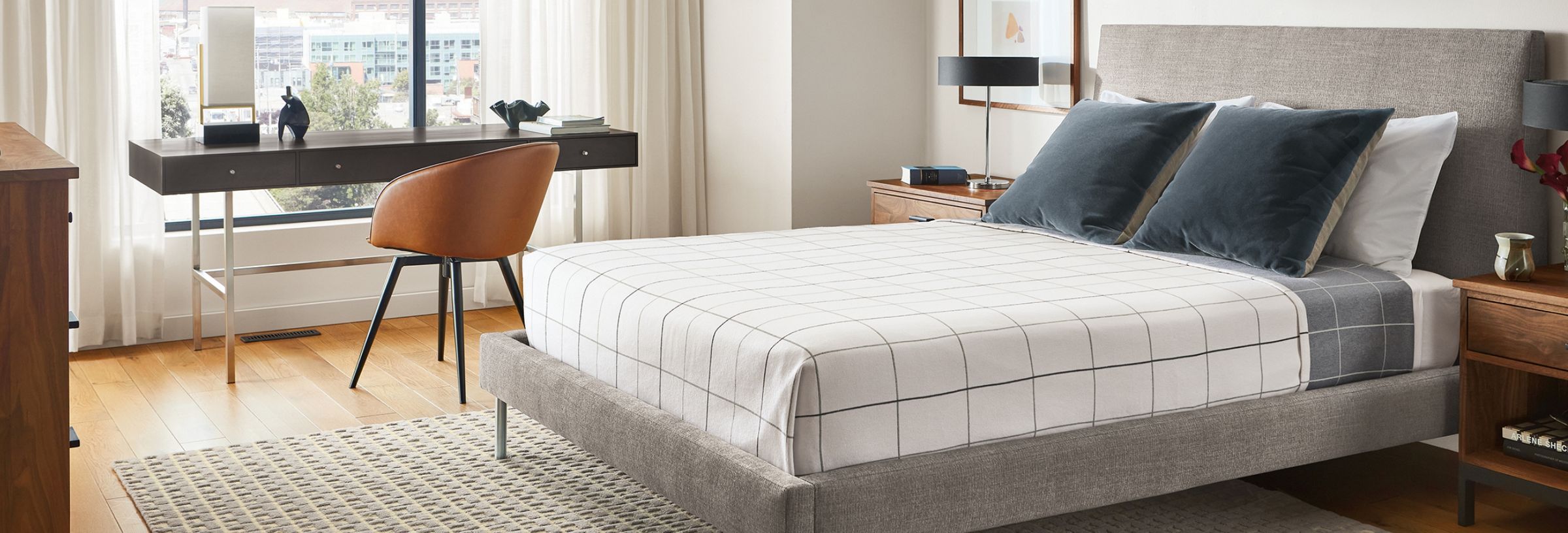All Categories
Featured

The modern living area is not just a room for relaxation, however also a reflection of your character and design. Let's check out some of the most preferred furniture styles for contemporary living areas that can assist you create a room that's both practical and aesthetically pleasing.
- Minimalist Style
Minimalism proceeds to control contemporary interior decoration, consisting of living areas. This design concentrates on simpleness, performance, and an uncluttered area. Minimalist furniture typically includes clean lines, geometric forms, and a neutral shade scheme. Couches with smooth, reduced profiles, steel and glass coffee tables, and simple accent chairs are all characteristics of minimal style. The objective is to develop a relaxing and spacious setting by keeping just the basics and including high-quality, timeless items. Neutral colors like whites, grays, blacks, and earth tones dominate the area, developing a tranquil ambience. Minimalist living rooms are excellent for those who favor a no-fuss, streamlined look that emphasizes open room and company.
- Mid-Century Modern
Mid-century modern continues to be one of the most cherished furniture designs, and its impact is still strong in contemporary living spaces. This design draws motivation from the mid-20th century, mixing tidy, straightforward lines with functional yet beautiful layout.
- Industrial Design
For those who take pleasure in an edgier, more metropolitan appearance, commercial design is a great selection. Inspired by the raw, unfinished appearance of factories and storage facilities, this style emphasizes the usage of subjected products such as block, concrete, steel, and reclaimed wood. This style is ideal for lofts, city houses, or any person that appreciates a raw, unpolished aesthetic.
- Scandinavian Design
Scandinavian layout is a preferred for contemporary living spaces due to its combination of functionality, simpleness, and heat. The Scandinavian style embraces ventilated and light spaces, with neutral color combinations such as whites, grays, and light blues, matched by natural timber tones. This design functions specifically well in smaller rooms, where it can make the area really feel bigger and brighter.
- Bohemian (Boho) Design

If you appreciate mixing different appearances, shades, and patterns, the bohemian design could be the right fit for your living space. Plants play an essential role in this design, adding greenery and life to the room. Boho design is ideal for those that desire a laid-back, creative environment in their living area that feels relaxing, imaginative, and individual.
- Coastal Design
Coastal design draws inspiration from beach houses and seaside living, and it's suitable for developing a windy and peaceful living-room. This design accepts light shades, soft textures, and all-natural materials to evoke a soothing, ventilated feel. Expect to see furnishings in whites, light blues, and sandy off-whites, with timber accents in light tones. Comfy couches, wicker chairs, and glass or driftwood coffee tables prevail features in seaside living-room. The usage of soft, all-natural fabrics like bed linen and cotton aids bring an easy, relaxed vibe to the room. Coastal style is ideal for creating an area that feels open, fresh, and welcoming-- ideal for those that desire a beach-inspired retreat in their home.
- Transitional Style
For those who prefer a mix of traditional and contemporary aspects, the transitional style provides the very best of both worlds. This style combines the timeless sophistication of typical furnishings with the clean, upgraded look of contemporary layouts. In a transitional living space, you may discover a conventional couch with plush pillows combined with a contemporary metal coffee table or streamlined lighting components. The shade scheme typically consists of soft, neutral tones like off-white, beige, and gray, with accents of darker colors. Transitional furniture is commonly simple and underrated, using both convenience and style. This style is ideal for those who desire a timeless and polished space without devoting to a solitary design age.
- Art Deco Design
For a strong, glamorous touch, art deco is an ideal option for contemporary living areas. Promoted in the 1920s, art deco is identified by geometric shapes, vibrant lines, and luxurious products such as lacquer, glass, and metals like gold and chrome. Art deco furnishings often features symmetrical patterns and sleek, streamlined silhouettes. Glamorous fabrics like velvet and silk prevail for sofas and accent chairs, while mirrored or metal finishes can be located in tables and illumination components. If you take pleasure in an innovative, opulent atmosphere in your living space, art deco is the ideal style to make a declaration while adding elegance and beauty.
Conclusion
The modern-day living area is a representation of your individual design and how you desire to experience your home. By considering your choices, demands, and the state of mind you desire to develop, you can choose a furnishings design that boosts both the feature and elegance of your living space.
Latest Posts
Don’t Miss Exclusive Auto Repair Offers in Chicago at Montclare Auto Repair
Published en
1 min read
Improve Your Home's Exterior with Weathercraft's House siding Solutions
Published en
1 min read
Safeguard Your Financial Investment with Professional Rain Gutter Installation
Published en
1 min read
More
Latest Posts
Don’t Miss Exclusive Auto Repair Offers in Chicago at Montclare Auto Repair
Published May 27, 25
1 min read
Improve Your Home's Exterior with Weathercraft's House siding Solutions
Published May 23, 25
1 min read
Safeguard Your Financial Investment with Professional Rain Gutter Installation
Published May 20, 25
1 min read